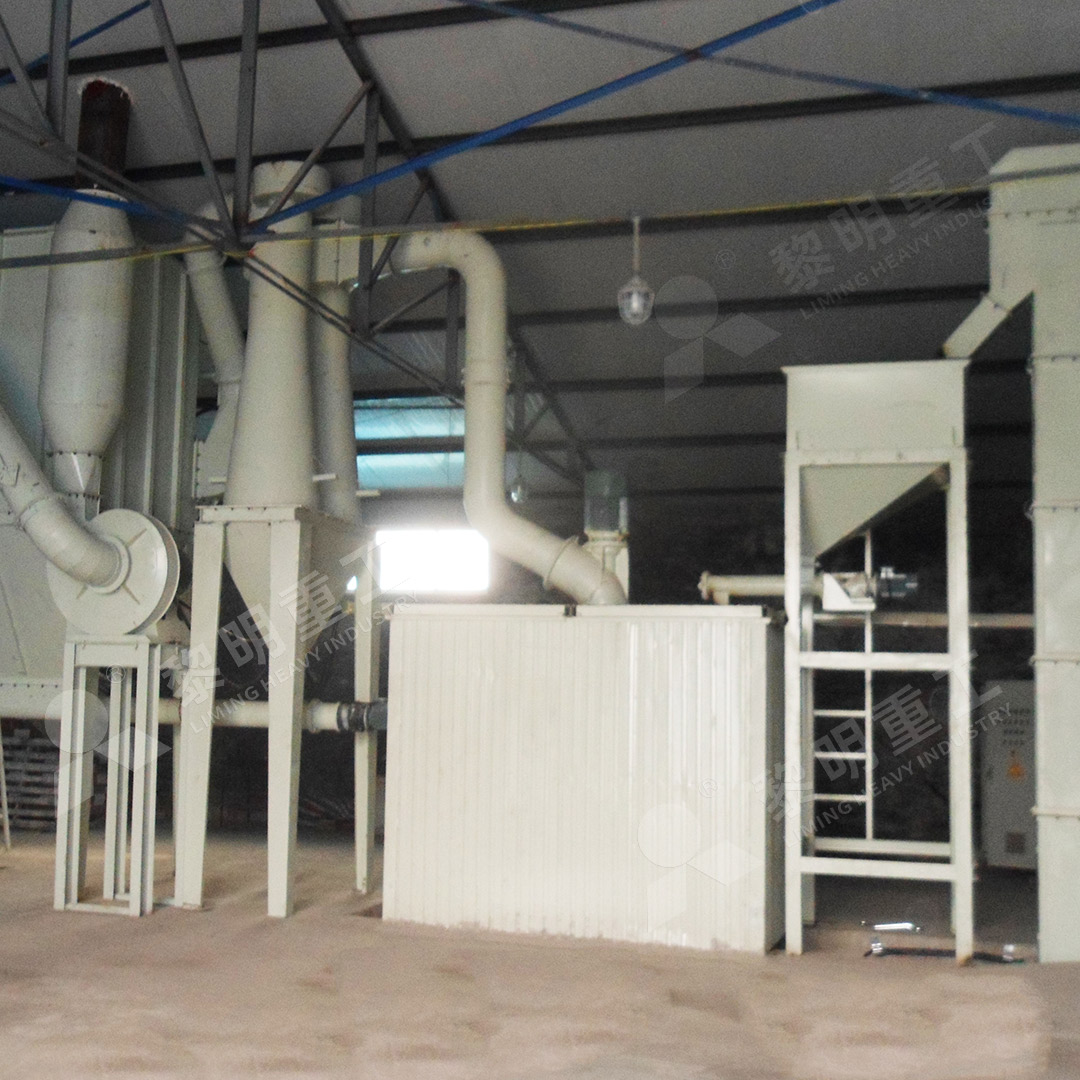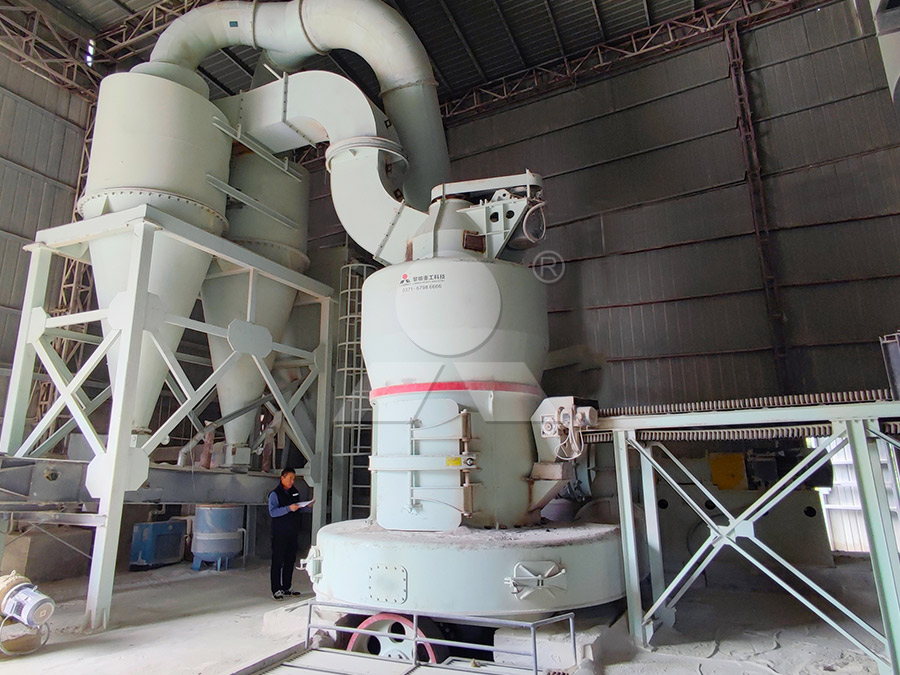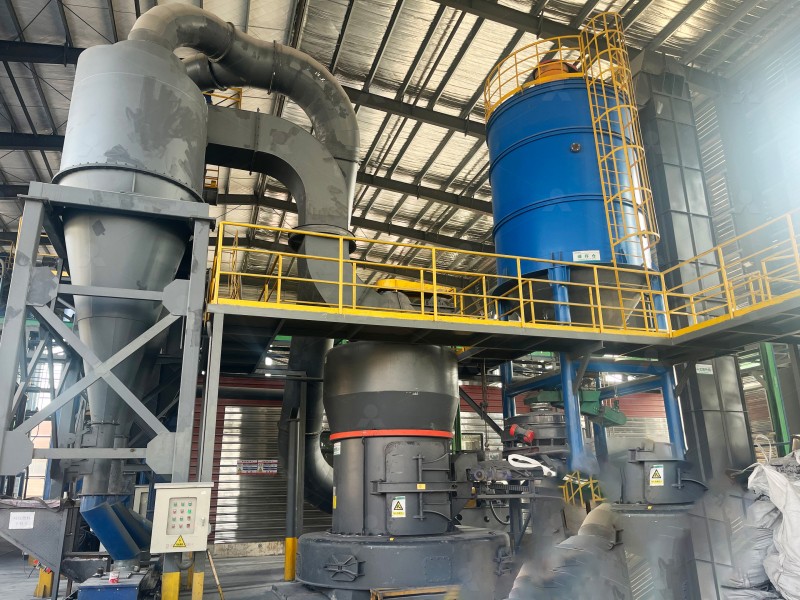Full Set of Grinding Mill Price in Zimbabwe – Cost & Supplier Guide
We provide a wide range of mills — including Raymond mill, trapezoidal mill, vertical mill, ultrafine mill, and ball mill, obtained ISO9001 international quality certification, EU CE certification, and Customs Union CU-TR certification. Suitable for processing minerals such as limestone, phosphate, quicklime, kaolin, talc, barite, bentonite, calcium carbonate, dolomite, coal, gypsum, clay, carbon black, slag, cement raw materials, cement clinker, and more.
The discharge range of these mills can be adjusted to meet specific processing needs, typically from 80-400 mesh, 600-3250 mesh, and can achieve the finest particle size of up to 6000 mesh(D50).
If you are looking for a reliable grinding solution to turn stone or minerals into fine powder, please feel free to contact our online customer service.
Navigating the Grinding Mill Market in Zimbabwe
For mining and industrial operations in Zimbabwe, selecting the right grinding equipment is a critical decision that directly impacts productivity, operational costs, and ultimately, profitability. The market offers a wide array of options, from traditional ball mills to advanced ultrafine grinding systems. Understanding the capabilities, operational costs, and reliable suppliers is paramount for making an informed investment.
Key Factors Influencing Grinding Mill Prices
The price of a grinding mill in Zimbabwe is not a single figure but a spectrum influenced by several key factors. Firstly, the type and model of the mill is the primary cost driver. A basic Raymond mill will naturally have a lower initial purchase price compared to a sophisticated vertical roller mill or an ultrafine grinding system. Secondly, capacity and output are crucial. A mill designed for 3 tph will cost significantly less than one built for 50 tph. Other factors include the level of automation, the quality of construction materials (affecting wear part longevity), and auxiliary equipment like dust collectors and advanced control systems. Finally, import duties, shipping logistics, and local supplier markups all contribute to the final landed cost.

Top Performer: MW Ultrafine Grinding Mill
For operations requiring ultra-fine powders between 325-2500 meshes, the MW Ultrafine Grinding Mill stands out as a top-tier solution. This machine is engineered for customers who need to make ultra-fine powder efficiently. With an input size of 0-20 mm and a capacity range of 0.5-25 tph, it’s versatile for various materials like limestone, calcite, dolomite, and talc.
Its design boasts significant advantages. It features higher yielding with 40% higher capacity than jet mills and lower energy consumption, using only 30% of the energy of a comparable jet mill. A German-tech cage-type powder selector allows for precise fineness adjustment. A major maintenance benefit is the absence of rolling bearings and screws in the grinding chamber, eliminating common failure points and enabling external lubrication without shutdown for 24/7 operation. Coupled with an efficient pulse dust collector and muffler, it ensures an eco-friendly production process with minimal dust and noise pollution.

Another Strong Contender: LUM Ultrafine Vertical Grinding Mill
Another excellent choice from our portfolio is the LUM Ultrafine Vertical Grinding Mill. It integrates grinding, grading, and transporting into a single, compact unit. With an input size of 0-10 mm and a capacity of 5-18 tph, it’s perfect for superfine dry powder of non-metal ores. Its key features include a unique roller shell design for better product quality and whiteness, multi-head powder separating technology for 30%-50% energy savings, and double position-limiting technology for incredibly stable operation. Its reversible structure is a maintenance game-changer, allowing grinding rollers to be easily moved out for inspection and part replacement, drastically reducing downtime.
Choosing a Reliable Supplier
Beyond the machine itself, choosing the right supplier is critical. Look for a manufacturer with a proven track record, not just a trader. A reliable supplier will offer comprehensive technical support, from plant design to installation and commissioning. They must guarantee the availability of genuine spare parts to avoid prolonged downtime. Furthermore, after-sales service and readily available technical assistance are invaluable, ensuring your operation runs smoothly long after the initial sale. Always request references and, if possible, visit existing customer sites to see the equipment in action.

Conclusion: A Balanced Investment
Investing in grinding machinery in Zimbabwe requires a balance between upfront cost and long-term operational efficiency. While a cheaper, less efficient mill may save capital initially, it often leads to higher energy bills, more frequent maintenance, and lower quality output. Advanced mills like the MW and LUM series, though a larger initial investment, pay for themselves through drastically reduced operating costs, higher availability, and superior product quality. Partnering with a reputable supplier who offers robust equipment and unwavering support is the key to unlocking maximum value and ensuring the success of your grinding operations.
